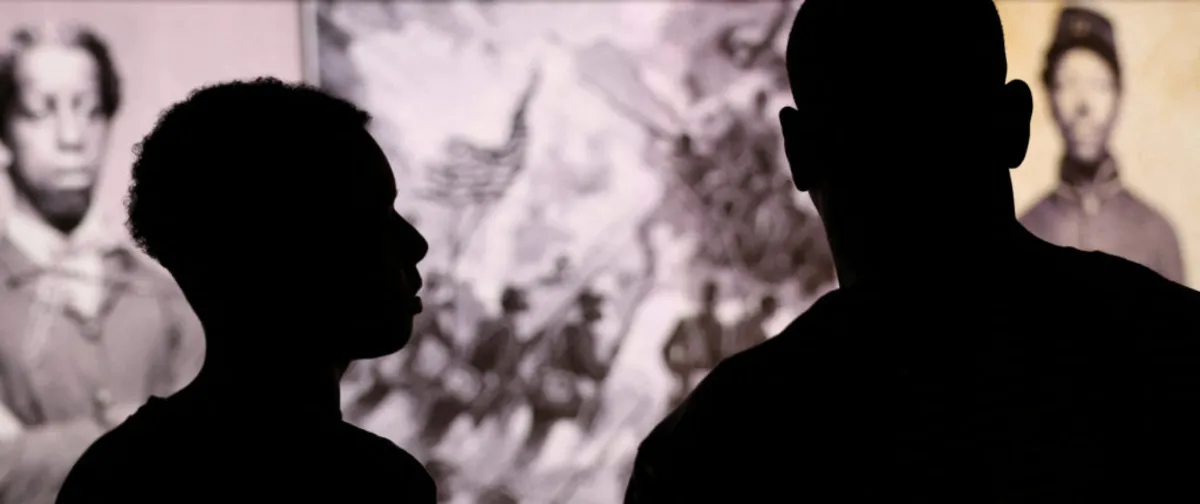
On Thursday, President Donald Trump announced plans to implement significant changes at the Smithsonian Institution through a new executive order. This directive specifically aims to redefine how funding is allocated to programs that, according to Trump, promote “divisive narratives” and “improper ideology.” This latest move represents a broader effort by Trump to challenge cultural aspects he perceives as overly liberal.
In his announcement, Trump expressed concerns about what he described as a “concerted and widespread” effort over the past decade to alter American history. He argued that this shift involves substituting “objective facts” with a “distorted narrative driven by ideology rather than truth.” Trump believes this trend misrepresents the “founding principles” of the United States, portraying them in a “negative light.”
The executive order, signed behind closed doors, designates Vice President JD Vance—a member of the Smithsonian Institution’s Board of Regents—as the overseer of efforts aimed at eliminating “improper ideology” from the institution's various sectors. This includes its museums, educational programs, research centers, and even the National Zoo.
This initiative marks the latest in a series of cultural confrontations by the Republican president against established societal institutions like universities and art organizations that he believes do not align with conservative values. Recently, Trump also accepted the role of chairman at the John F. Kennedy Center for the Performing Arts, with intentions to revamp its programming, including the prestigious Kennedy Center Honors awards show.
Moreover, the Trump administration has pressured institutions like Columbia University to modify their policies by threatening to withhold hundreds of millions of dollars in federal funding. This strategy underscores a significant shift in the relationship between the federal government and educational institutions, particularly those that promote diversity, equity, and inclusion (DEI).
Trump’s executive order also suggests a potential revival of statues and monuments dedicated to Confederate figures. Many of these monuments were removed or replaced in the wake of the police killing of George Floyd in 2020 and the subsequent rise of the Black Lives Matter movement—an organization that Trump and many conservatives oppose. Additionally, the order outlines plans for improvements to Independence Hall in Philadelphia by July 4, 2026, coinciding with the 250th anniversary of the signing of the Declaration of Independence.
Trump specifically criticized several key institutions, including the National Museum of African American History and Culture, which opened in 2016, the developing Women’s History Museum, and the American Art Museum. He stated, “Museums in our Nation’s capital should be places where individuals go to learn—not to be subjected to ideological indoctrination or divisive narratives that distort our shared history.”
Under Trump’s directive, Vice President Vance will collaborate with the White House budget office to ensure that future funding for the Smithsonian Institution avoids programs that “degrade shared American values, divide Americans based on race, or promote ideologies inconsistent with federal law and policy.” Furthermore, Trump emphasized that the women’s history museum should celebrate women without acknowledging any transgender issues.
The executive order mandates the interior secretary to restore monuments, memorials, and statues that have been altered or removed since January 1, 2020, arguing that such actions perpetuate a “false reconstruction of American history” and diminish the significance of certain historical events or figures. This directive further emphasizes Trump’s commitment to reshaping the narrative of American history.
The Smithsonian Institution stands as the world’s largest museum, education, and research complex, encompassing 21 museums and the National Zoo. Eleven of these museums are conveniently located along the National Mall in Washington, D.C. Established by Congress with funding from British scientist James Smithson, the institution was founded to promote the “increase and diffusion of knowledge” across the nation.